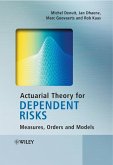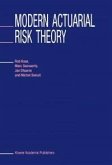
Broschiertes Buch
Using R
2nd ed. 2008. 2nd printing
30. September 2009
Springer / Springer Berlin Heidelberg / Springer, Berlin
12732401,978-3-642-03407-7
| Gebundenes Buch | 121,99 € | |
| eBook, PDF | 81,95 € |
Gebundenes Buch
Using R
2nd ed.
25. August 2008
Springer / Springer Berlin Heidelberg / Springer, Berlin
12443857,978-3-540-70992-3
Ähnliche Artikel
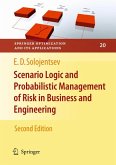
eBook, PDF
10. Dezember 2008
Springer New York
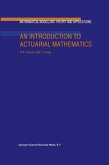
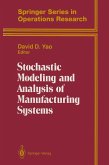
eBook, PDF
6. Dezember 2012
Springer New York
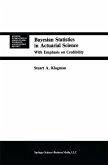
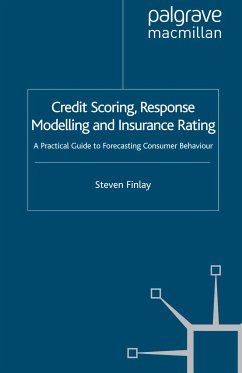
eBook, PDF
27. Oktober 2010
Palgrave Macmillan UK

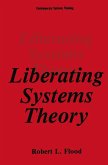

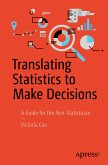
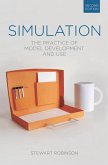
Ähnlichkeitssuche: Fact®Finder von OMIKRON

